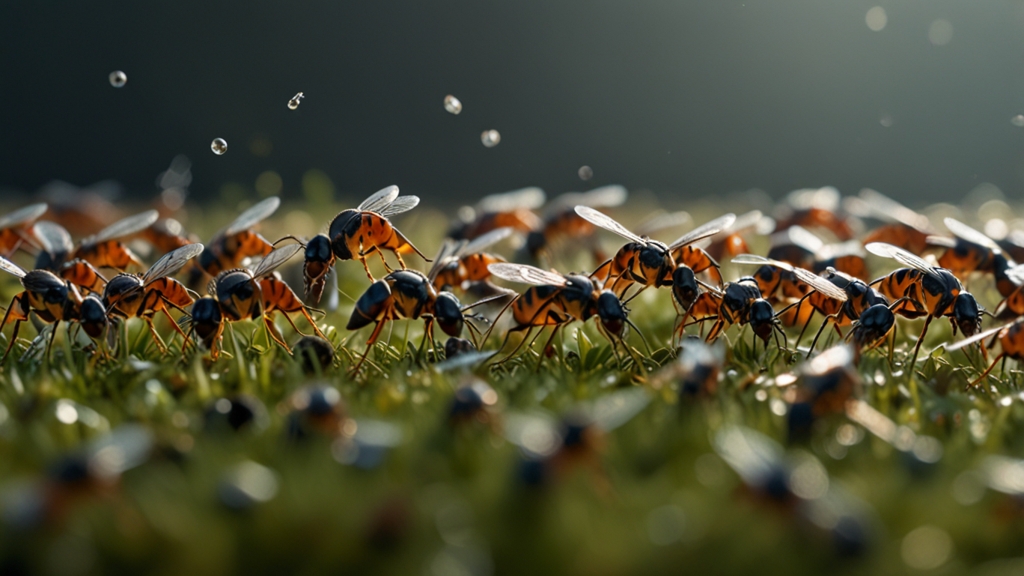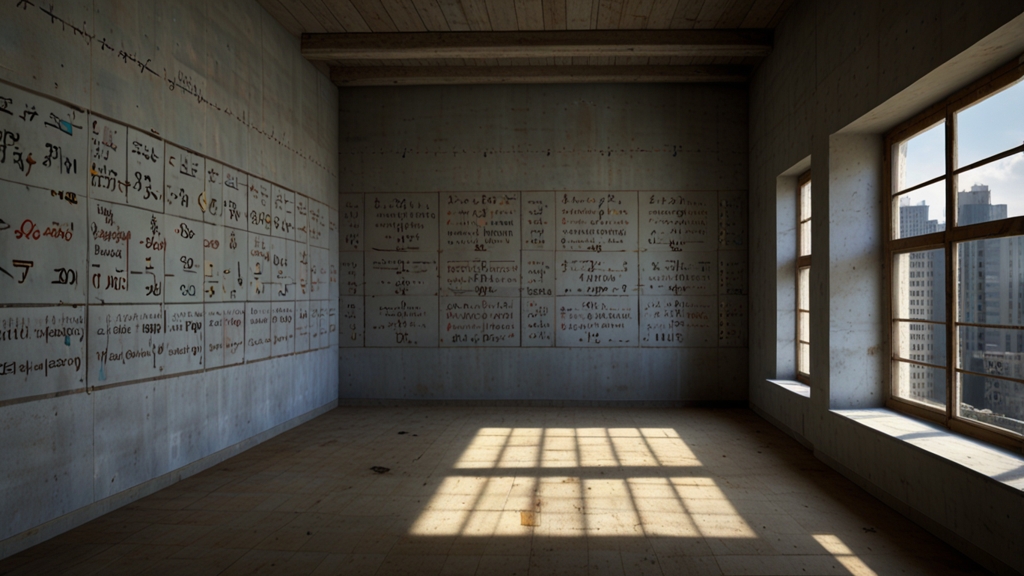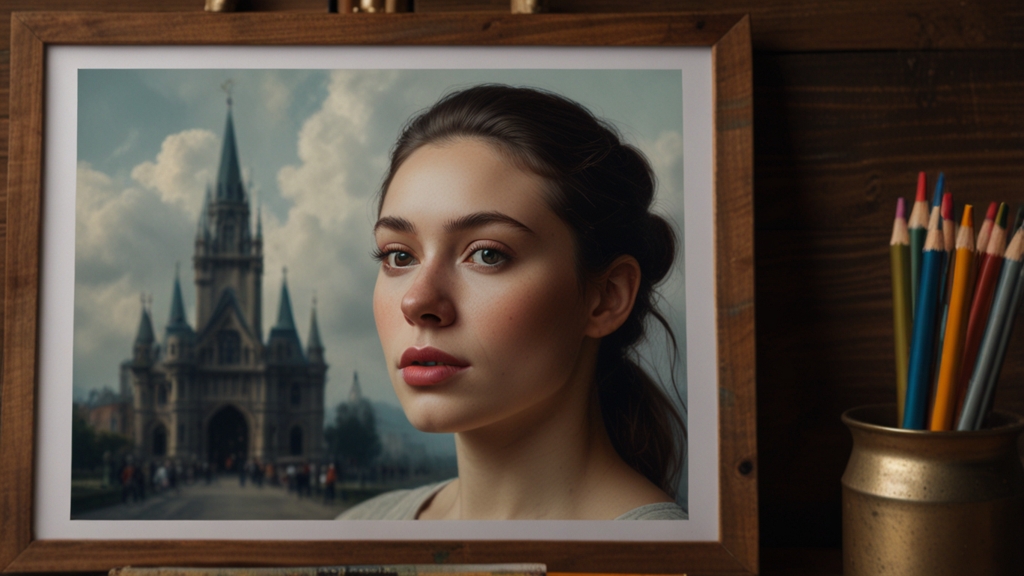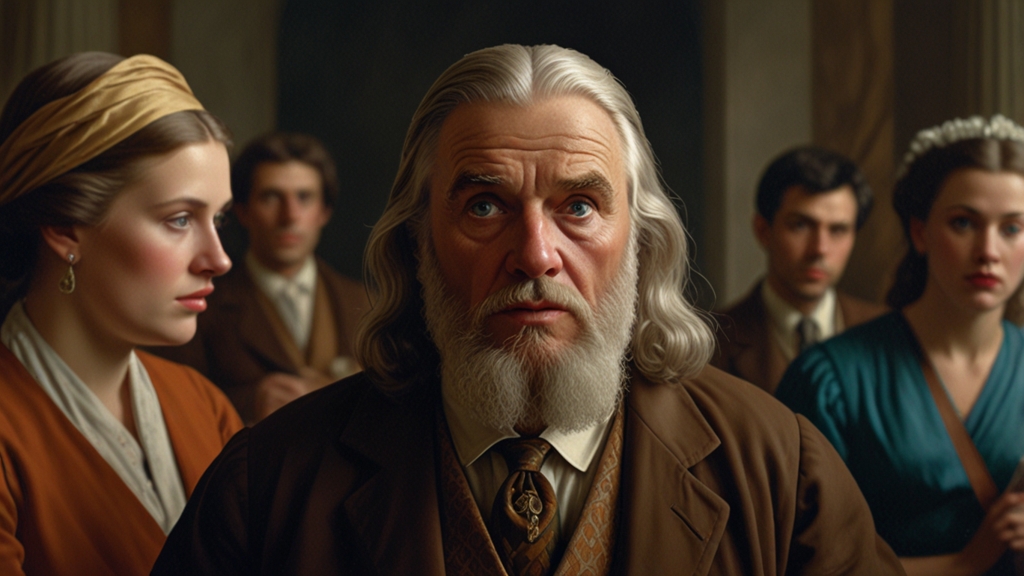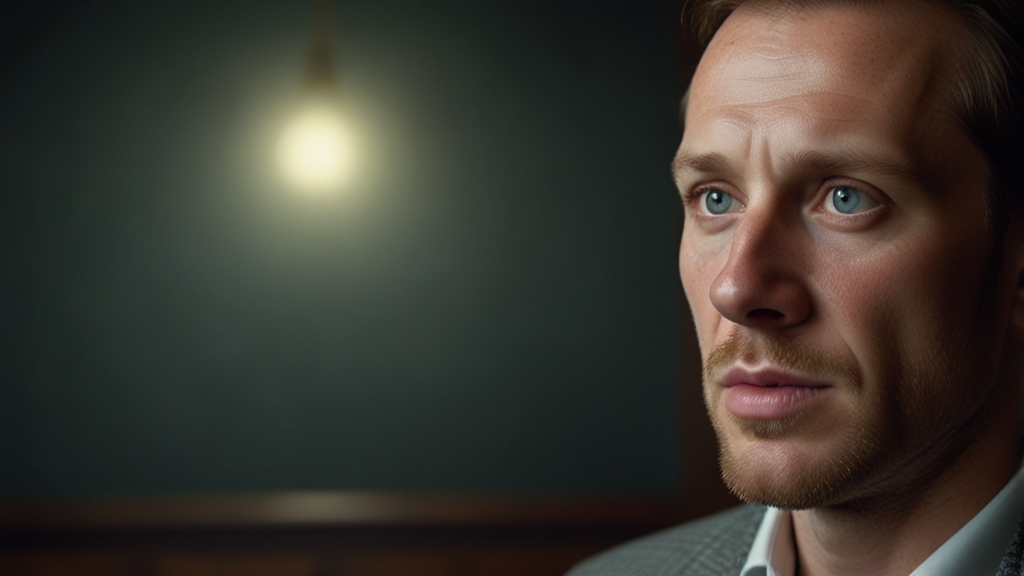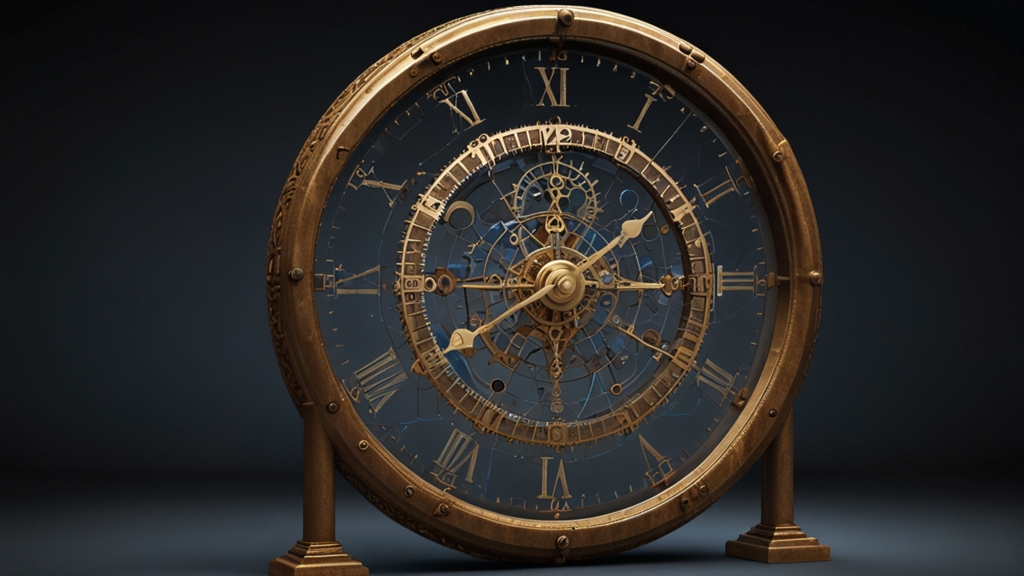War Photography: The Harsh Reality Captured in Vietnam
The Vietnam War, a protracted conflict that took place from 1955 to 1975, has been etched into history not just by the brutalities observed, but also through the lens of daring photographers who risked their lives to capture its reality. War photography during this period served as a potent reminder of the human cost of conflict and provided the world with an eye-opening perspective on the grim circumstances of warfare.
The Role of War Photography
War photography during the Vietnam War had a profound impact on society. It played a critical role in shaping public opinion, influencing political stances, and fueling anti-war sentiment across the globe. As photos of the conflict began to appear in newspapers and on television, they brought the visceral experiences of war into people's living rooms, making the distant battleground seem closer to home.
"Photographs from the Vietnam War provided an unprecedented visual representation of combat's brutal reality. They transcended distance, bringing the horrors of war to the forefront of public consciousness." - John Berger
Iconic Photographs
Several iconic images emerged from the Vietnam War, capturing moments of intense emotion and sheer devastation. One of the most significant photographs is Nick Ut's "Napalm Girl," which shows a young Vietnamese girl running naked on a road after a napalm attack. This harrowing image became a symbol of the war's impact on innocent civilians and helped galvanize anti-war movements.
Another unforgettable photograph is Eddie Adams' "Saigon Execution," which depicts the summary execution of a Viet Cong prisoner by South Vietnamese National Police Chief Nguyen Ngoc Loan. This stark and chilling image highlighted the ruthlessness and moral ambiguities of the conflict, sparking outrage and debate worldwide.
Life Behind the Lens
The photographers who documented the Vietnam War faced extreme dangers, including sniper fire, ambushes, and the inherent chaos of battle. Despite these risks, their commitment to capturing the unfiltered truth of war was unwavering. Photojournalists like Larry Burrows, who worked for Life magazine, and Horst Faas, an Associated Press photographer, produced some of the most compelling and influential images of the conflict. Tragically, Burrows lost his life when his helicopter was shot down over Laos in 1971, underscoring the perilous nature of war reporting.
"To photograph is to frame, and to frame is to exclude. Every photojournalist in Vietnam was both witness and storyteller, compelled to share the raw and uncomfortable truth through their viewfinder." - Susan Sontag
The Impact on Public Opinion
The visual documentation of the Vietnam War played a crucial role in shaping public opinion. As graphic images of battlefield carnage and civilian suffering circulated, they ignited widespread anti-war protests and led to increased scrutiny of governmental policies. These photographs forced the public to confront the stark realities of a conflict that many had previously viewed through the lens of political rhetoric and nationalistic fervor.
Susan Moeller, a historian and author, points out that the Vietnam War was the first to be extensively documented in color photography, making the images more vivid and impactful. The immediacy and emotional resonance of these photographs helped to humanize the abstract concept of war, fostering empathy and compassion among viewers.
Legacy of Vietnam War Photography
The legacy of Vietnam War photography endures as a powerful testament to the role of visual media in shaping historical narratives. The images captured during this conflict continue to resonate in contemporary discussions about war, ethics, and the responsibilities of photojournalists. They serve as reminders of the profound impact that photographs can have on public perception and policy.
In a broader sense, the work of Vietnam War photographers has influenced subsequent generations of photojournalists, setting a precedent for documenting conflict with honesty and integrity. Their bravery and dedication remain an enduring source of inspiration for those who seek to bear witness to the truth.
"The photographs of the Vietnam War were more than just images; they were moral documents that challenged the world's conscience and called for reflection on the human cost of warfare." - David Halberstam
In capturing the harsh realities of the Vietnam War, photographers not only provided an irrefutable visual record of the conflict but also played a pivotal role in shaping its legacy. Their work remains a powerful reminder of the transformative power of photography and its ability to provoke thought, evoke emotion, and inspire change.

